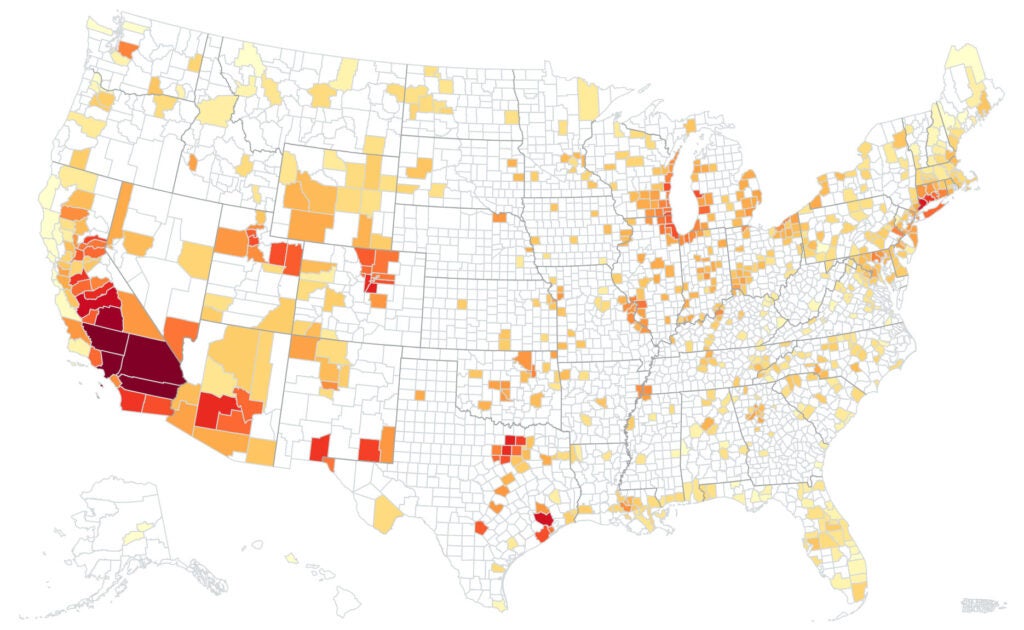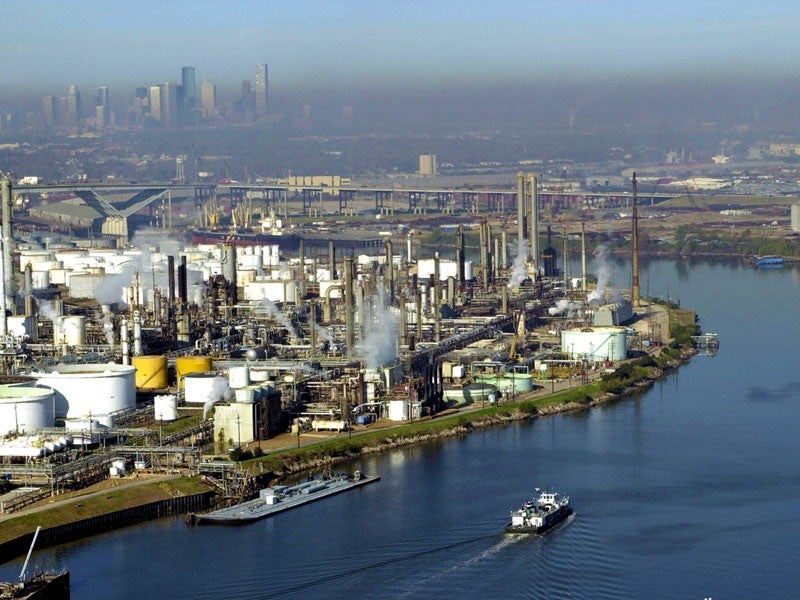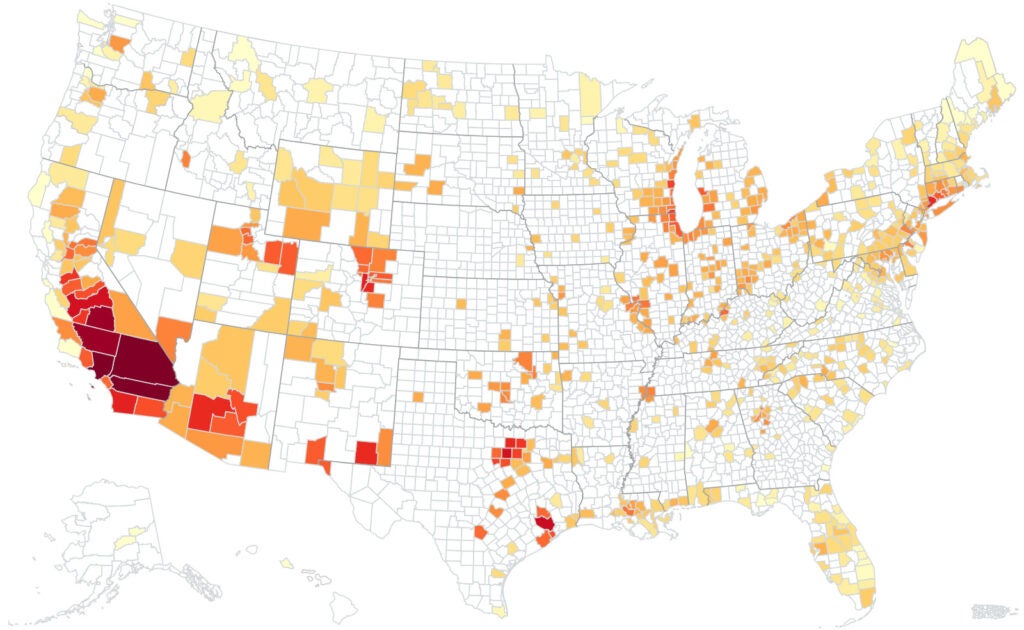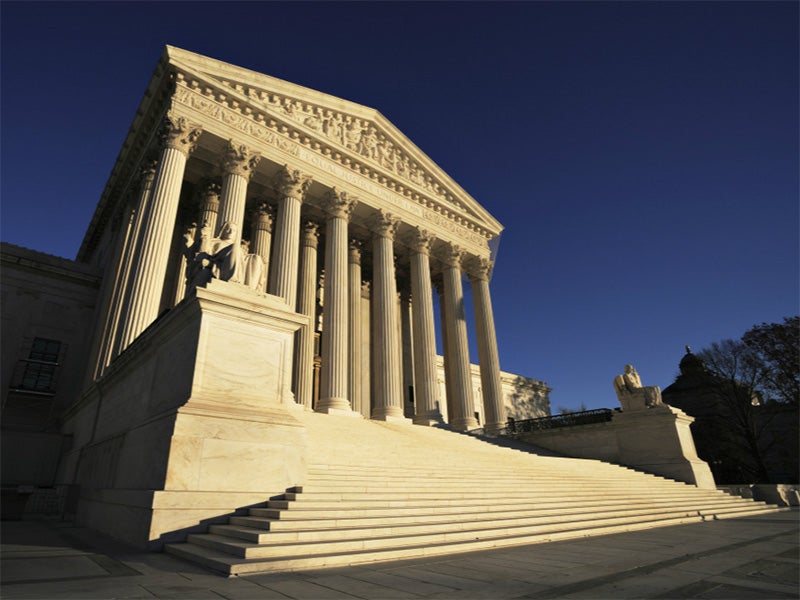The EPA’s Good Neighbor Plan: Defending Public Health in the Supreme Court
The future of the Good Neighbor Plan hangs in the balance, with implications for public health and economic prosperity nationwide.
Clients
Regional Office / Program
Case Overview
Industrial polluters and their political allies asked the U.S. Supreme Court to block the Good Neighbor Plan, a regulation issued by the U.S. Environmental Protection Agency (EPA) to control smog pollution. The Supreme Court heard oral arguments on the challengers’ request in early 2024.
On Jun. 27, 2024, the Supreme Court suspended the Good Neighbor Plan, ruling 5-4 in favor of major industrial polluters and their political allies. The decision allows power plants that began reducing their deadly pollution last year to increase it again while legal battles unfold in the lower court.
Smog, composed mainly of ground-level ozone, is a dangerous air pollutant that impairs our breathing and increases our risk for lung and heart disease. It comes from burning fossil fuels and like all air pollution, smog does not stay in one place; it moves between states. So, for example, industry and power plants in Texas emit air pollution that contributes to dangerous smog levels as far away as Illinois. Illinois in turn needs the Good Neighbor Plan to curtail this air pollution.
As shown in an interactive map, communities all around the country are exposed to dangerous levels of ozone smog. More than 115 million people in the U.S. live in communities where ozone levels exceed the current health standard.

Smog air pollution by county. See full map. (Air Quality System Data / U.S. EPA)
The Good Neighbor Plan, proposed in 2023 after an Earthjustice lawsuit, requires power plants and other industrial sources in 23 upwind states to reduce their smog-causing emissions. The EPA estimates that full implementation of the plan would prevent over 1,300 premature deaths and millions of asthma cases in its first year alone. Additionally, it is projected to boost the economy by preventing school absences and lost workdays.
Eager to avoid any changes that can harm their bottom line, industrial polluters challenged EPA’s Good Neighbor Plan in the D.C. Circuit and asked that the court “stay” the plan, or block its implementation, while that litigation proceeds. The D.C. Circuit denied that request, finding that the challengers didn’t meet the demanding test for a stay at this early stage. After the D.C. Circuit refused to block the plan, Republican-led states, fossil fuel industry groups, and energy utilities filed “emergency” requests with the Supreme Court to block air pollution limits before lower courts could hear their legal challenges.
The adverse Supreme Court decision puts the Good Neighbor Plan on hold. Tens of millions of Americans will be immediately exposed to higher levels of dangerous smog. Power plants that already reduced their pollution will be allowed to increase it again this summer.
“With this decision, the Supreme Court has abandoned any pretense of neutrality in cases involving environmental regulations,” said Earthjustice Senior Vice President Sam Sankar. “The Court’s right-wing Justices took more than eight months to work on this ’emergency’ stay request, but they still couldn’t come up with a single solid legal justification for this extraordinary order. The Court’s opinion shows that the Justices are just second-guessing EPA’s approach to carrying out its duty under the Clean Air Act to reduce smog pollution. The Court’s order puts thousands of lives at risk, forces downwind states to regulate their industries more tightly, and tells big polluters that it’s open season on our environmental laws.”
Earthjustice and its clients have defended the Good Neighbor Plan in court for years. Clients include Air Alliance Houston, Appalachian Mountain Club, Center for Biological Diversity, Chesapeake Bay Foundation, Downwinders at Risk, Louisiana Environmental Action Network, Sierra Club, Southern Utah Wilderness Alliance, and Utah Physicians for a Healthy Environment.

Case Updates
Case page created on February 28, 2024.

